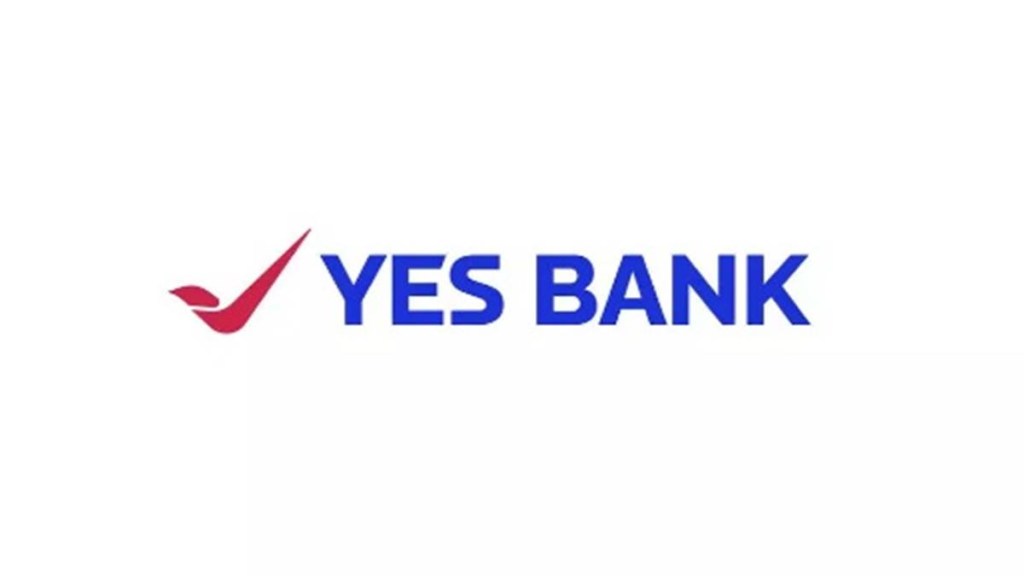Yes Bank’s cost of deposit has likely peaked at 6.1% and the private sector lender will continue to maintain its net interest margin (NIM) of 2.4% in Q4. Prashant Kumar, MD & CEO, tells Piyush Shukla that the bank intends to protect its CASA at 30%. Excerpts:
Goldman Sachs has downgraded Yes Bank citing challenges on cost of funds, cost to income ratio and retail loan competition. Your views?
I will not comment on their guidance on the equity front. Our cost to deposits, as compared to the broader market, has not gone up in the December quarter and has already peaked out. Despite the fight happening on the deposit front, we have not increased rates in January and February. Yet, we are not seeing any impact, in terms of a higher deposit cost.
Secondly, the opportunity for increasing yield on retail assets is good. Currently, most of our loans on retail side are lower yielding. We are gradually moving into products where yields would be little higher. For example, changing loan mix from new car loan to used car loans and from prime home loan to affordable home loans would enhance yields.
Lastly, we have been able to keep a tight control on cost-to-asset ratio as reflected in our Q3 numbers. Our operating expenses, for instance, has grown only 0.6% sequentially.
How were you able to grow deposits by 3.2% sequentially?
One of the reasons is our focus on branches which has attracted a lot of deposits. Secondly, premium convenience and quality of service to customers, along with branch expansion and digital side earlier, are bearing good results.
Are deposit rates going to be stagnant in March?
As of now, yes. But I think we need to continuously monitor the situation and depending on situations, the bank’s asset liability committee would take the call.
What is your outlook on CASA ratio for Q4?
The CASA ratio for the entire banking industry is under pressure and has come down significantly. But we have been able to protect our CASA ratio as compared to last year and the September quarter. So, we may not be able to improve our CASA ratio but expect to protect it at the current level of nearly 30%.
What is the outlook on NIM?
In current times, high interest rates have led to a negative impact on NIM (net interest margin) for all banks. But we are continuously trying to protect our NIM at current level of 2.4%, and have done that successively.
What are the digital products in the pipeline?
We have launched a brand new Yes Pay Next application recently. Users can make any sort of payment using the app. It is very user-friendly and convenient. This app can be connected with any bank account, not just Yes Bank. In its first day of launch, Yes Pay Next saw almost 3,000 downloads within two hours.
Are you in talks with Paytm Payments Bank for one-time shift of customers?
We are fully engrossed in our core business. And if we stay focused on our course of action, it will be good for all stakeholders.
What is the credit growth outlook for Q4?
Currently our y-o-y normalised advances growth, after excluding the reverse repo loans, is around 13%. We will see similar trends by year end too. Our retail loan growth has come down but we are seeing good growth in SME (small and medium enterprises) and mid-market and large corporate which was de-growing so far, has started showing some growth.
Your outlook on asset quality
Asset quality has been a focus point for us and we will continue similar work on credit quality. We are not seeing any risk in any portfolio on elevated level. Retail, definitely there was an issue, but we took certain steps and retail issues seems to have peaked out or will take some time to come down, but overall credit quality of the bank, in terms of GNPA (gross non-performing asset) and NNPA (net NPA) is absolutely under control and there is no worry around it for us.
What is the update on bank’s plan to acquire a MFI?
So far nothing. It is not that we do not want to go ahead with the plan, but valuations must make business sense for all our stakeholder.
When do you foresee RBI cutting repo rate?
The Reserve Bank of India’s (RBI) monetary policy committee meeting minutes show that unless inflation comes down, they do not see any possibility of interest rates coming down. Going by RBI’s forecast on inflation, if projections are right, first reduction may be seen in August or in Q3FY25.
